Karen Faulds: I think every big problem the world is facing must be tackled through interdisciplinary work – from climate change and poverty to earlier diagnosis and treatment of disease. All challenges can be addressed by bringing people with different expertise together (and actually listening to them!) rather than working in silos.
Hans-Gerd Janssen: Plastics are excellent packaging materials for foods, but they are a disaster for the planet. For this reason, the food industry is trying to swap to paper packaging, but the barrier properties are much worse. As a result, we need to make changes to the product itself to ensure food safety and quality. We’ve already developed analytical tools to assist in rapidly assessing the influence of changes in the product as a result of the packaging material. This work required efforts from packaging experts, food safety specialists, and food chemistry scientists. Without the collaboration from multiple disciplines, this project would have been impossible.
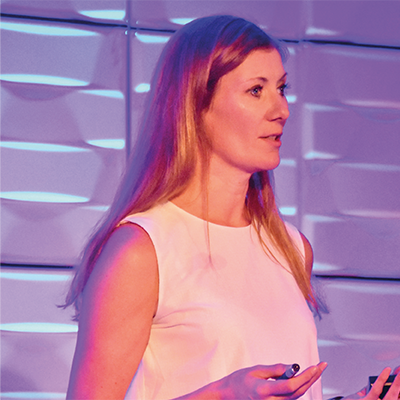
Karen Faulds
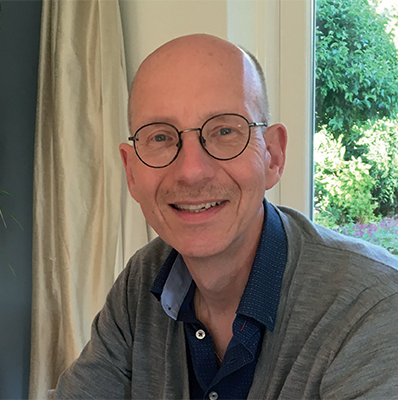
Hans-Gerd Janssen
Albert J.R. Heck: Understanding how the human brain works, which I feel requires much more research at the cellular and molecular level. Spatial and single cell multi-omics and single molecule approaches should meet with more classical molecular and structural biology approaches – maybe with further assistance from deep-learning technologies.
Jef Focant: We know that most cancer survival rates increase with early diagnosis, and such early-stage cancer screening can only be attained in an interdisciplinary fashion. Medical scientists must develop their knowledge of cancer development stages and the expected biological signals of cancer proliferation; analytical chemists must master sensitive and selective detection methods of relevant pathophysiological information for screening; and data scientists need more complex data sets, especially with the implementation of AI. Although this sounds simple on paper, setting up a collaborative venture of this nature is far from easy.
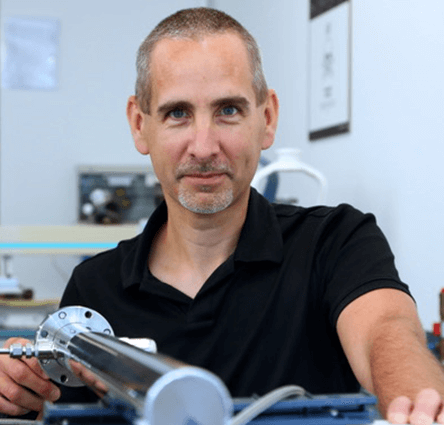
Jef Focant
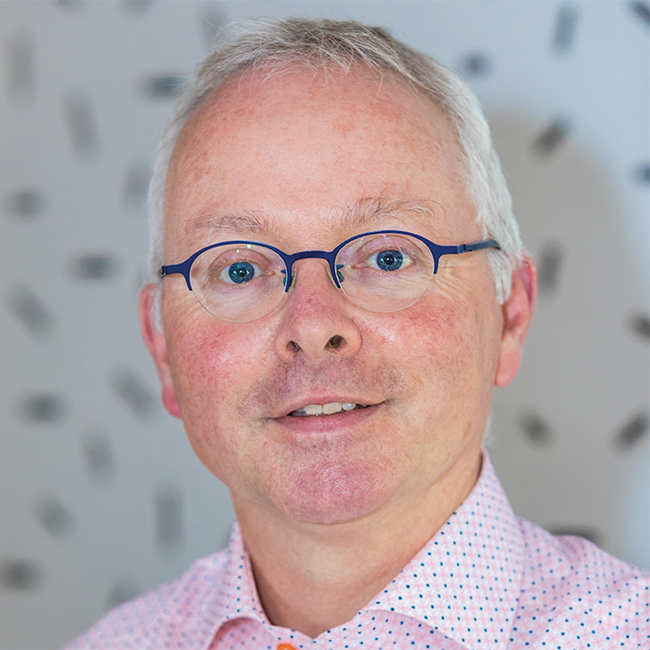
Albert J.R. Heck
Roy Goodacre: One challenge I would like to see solved is the generation of computational models of mammalian systems. Many people are already striving to develop the so-called “Digital Human.” If we had a biology model of a system that encompasses integration and communication within cellular, organ, multi-organ, and whole animal processes, we could understand biochemistry and physiology in more detail. These advances could allow us to predict treatments for pathophysiological processes, understand the aging process, and perhaps predict how exposure to chemicals and varying environments affects this interconnected model of “life” over decades to different exposomes. This would be a game changer for medicine.
Of course, interdisciplinary collaboration would be crucial for this type of work. We would need scientists with biological understanding of the problem, computational modelers, and analytical scientists to measure changes in functional analysis levels. This would also necessitate high precision and excellent accuracy for highly quantitative data.
Duncan Graham: We’re currently working on a problem brought to us by a clinician working on drug induced liver injury (DILI) caused by overdose on paracetamol/acetaminophen. The current diagnosis process is too long to allow administration of the corrective treatment through the narrow therapeutic window. We performed proof of principle experiments that led to a successful large-scale funded collaboration with clinicians, statisticians, industry, and ourselves to create a new, rapid point of use test for DILI that works within the right time scale (less than eight hours from ingestion). This is a really exciting interdisciplinary project that will make a difference to peoples lives in due course.
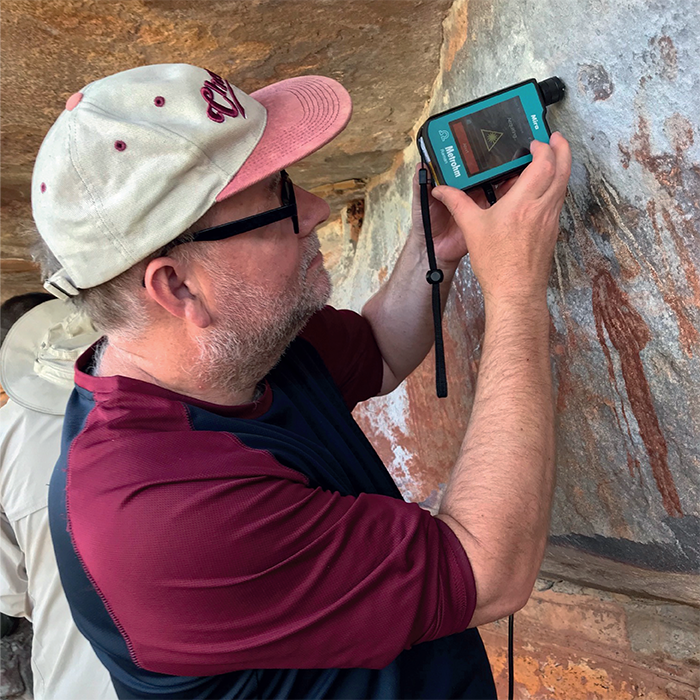
Roy Goodacre
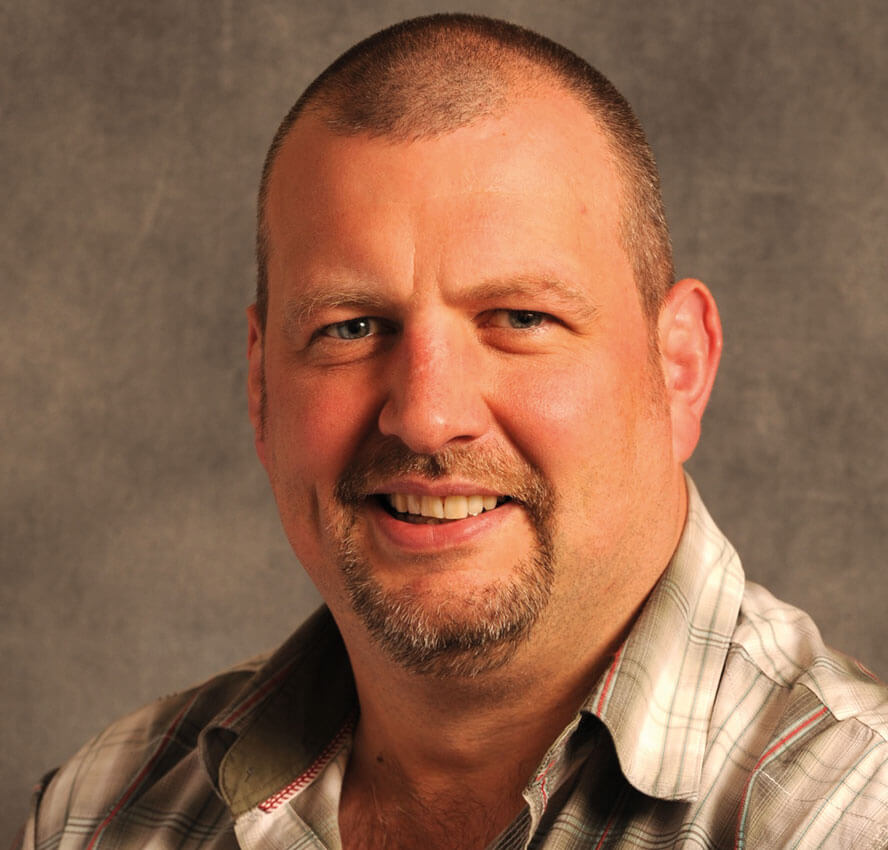
Duncan Graham
Koen Sandra: As analytical scientists, we are a crucial piece in a bigger puzzle. At RIC, we’ve been involved in the development and authorization of various biotech drugs – and the route from discovery to approval is a perfect example of different disciplines and expertise joining forces to reach the ultimate goal of bringing life-changing treatment to patients.
Being active and knowledgeable in diverse application domains is beneficial for addressing complex analytical questions. Recent cases that fall into this category include the characterization of mRNA vaccines and gene therapy products – where knowledge of lipids, nucleic acid, proteins, and particle analysis is indispensable. Additionally, interdisciplinary work can help us solve problems related to correlation or particle formation in antibody formulations, poor bioreactor yields, and de-emulsification in vaccine productions.
Lloyd M. Smith: I'm very interested in the technical challenge of comprehensive proteoform analysis in biological systems. Proteoforms are the different molecular forms of proteins, reflecting genetic variations, RNA splicing processes, and post-translational modifications. As the primary effectors of function in biology, it is crucial to understand and monitor the nature and regulation of these many protein forms – and their changes in response to perturbations. It is remarkable that so much still remains to be done to reveal the hidden protein-level secrets of biology despite the increasing sophistication of biomolecular analysis tools.
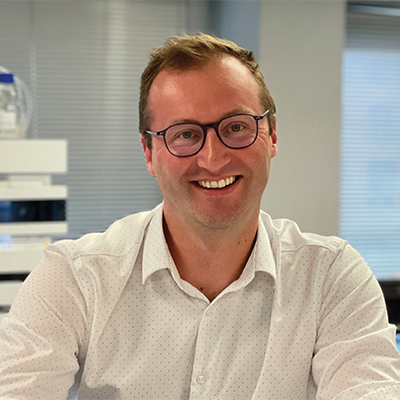
Koen Sandra
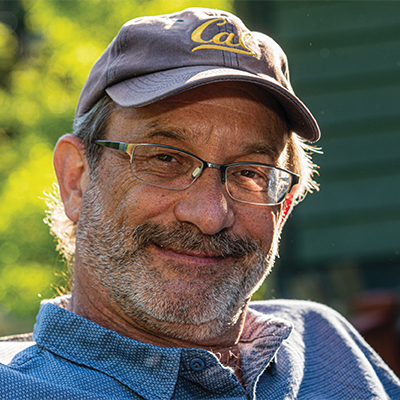
Lloyd M. Smith
Marcello Locatelli: All sectors where analytical chemistry is applied today require a multidisciplinary approach – involving the figure of the analytical chemist (to guarantee the validity of the data) and the contribution of other disciplines, such as biochemists, engineers, and environmental chemists.
To make progress in treating diseases, developing new diagnostic tools, and finding solutions for currently untreatable conditions, it is essential to take an integrated and multidisciplinary approach. Research groups must be able to work collaboratively and grow in an interdisciplinary manner. By bringing together expertise from different fields, we’re able to provide comprehensive answers to the original question, rather than incomplete or partial responses.
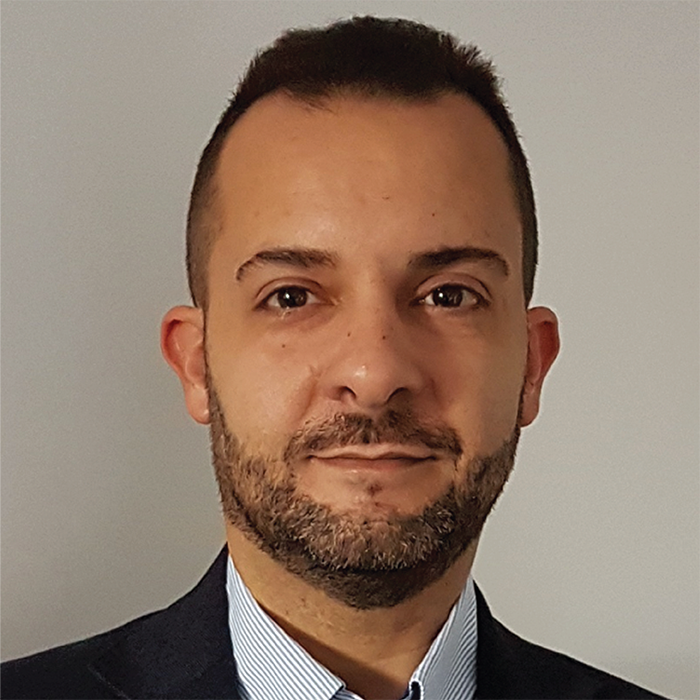
Marcello Locatelli
Teaser Credit: Images for collage sourced from Pexels.com | In Article Credit: All headshots supplied by interviewees




